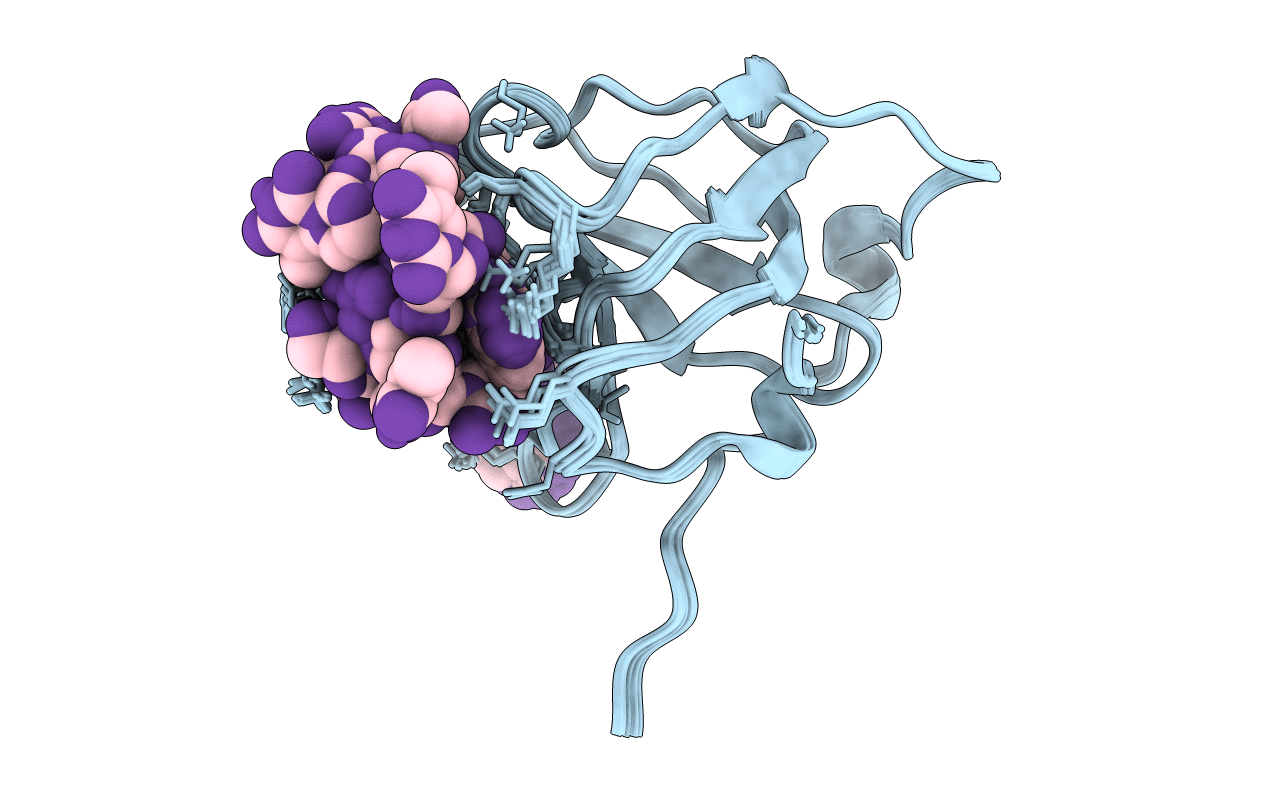
Deposition Date
2014-04-02
Release Date
2014-12-17
Last Version Date
2024-05-15
Entry Detail
PDB ID:
2MNA
Keywords:
Title:
The structural basis of DNA binding by the single-stranded DNA-binding protein from Sulfolobus solfataricus
Biological Source:
Source Organism:
Sulfolobus solfataricus (Taxon ID: 273057)
Host Organism:
Method Details:
Experimental Method:
Conformers Calculated:
10000
Conformers Submitted:
10
Selection Criteria:
structures with the lowest energy


